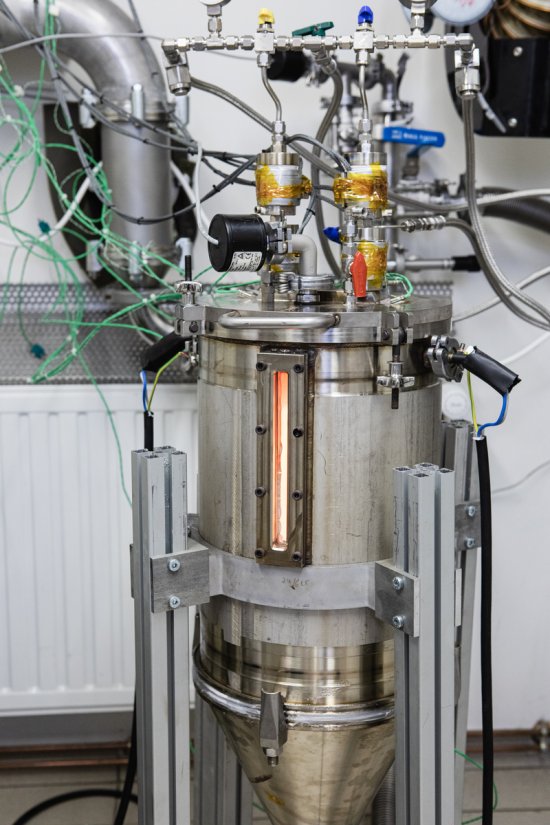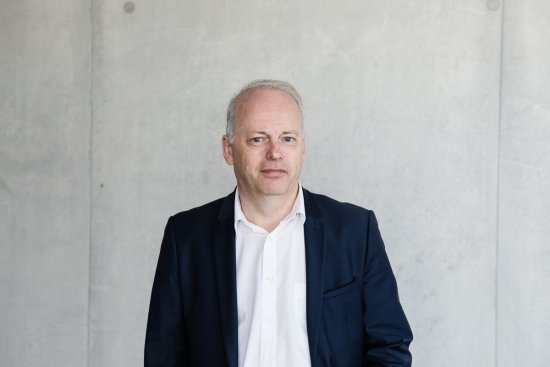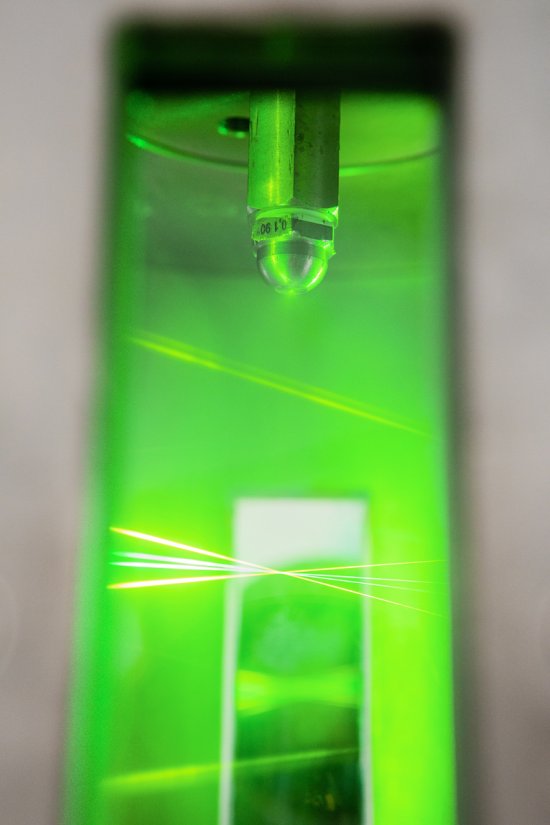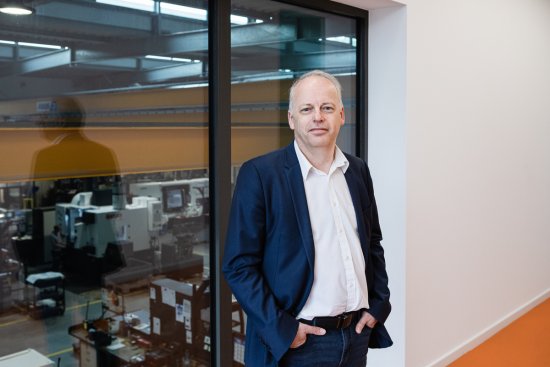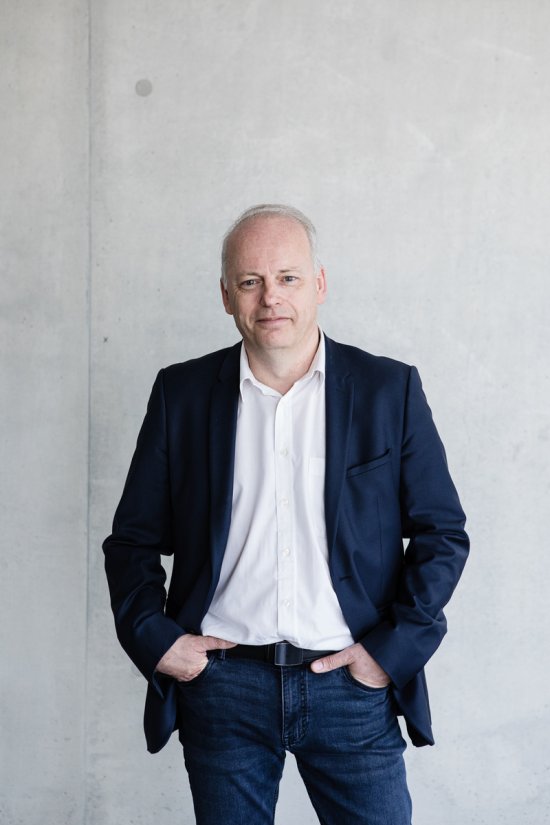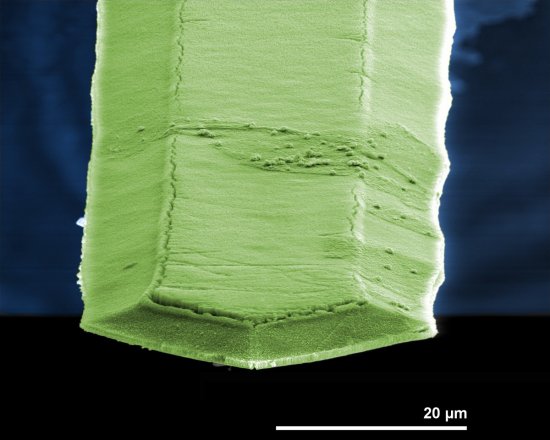
Nanomatériaux pour les Systèmes Sous Sollicitations Extrêmes (NS3E)
ST LOUIS CEDEX
NS3E is a major international laboratory in the field of formulation and synthesis of (nano)materials for energy, pharmaceuticals and energy transition. It covers the elaboration and synthesis by SFE and SFS processes, characterization and nanostructuring of materials. In particular, it studies the influence of particle size reduction on their properties and performance. It targets applications in the fields of defense, space, civil security, energy transition and health.


